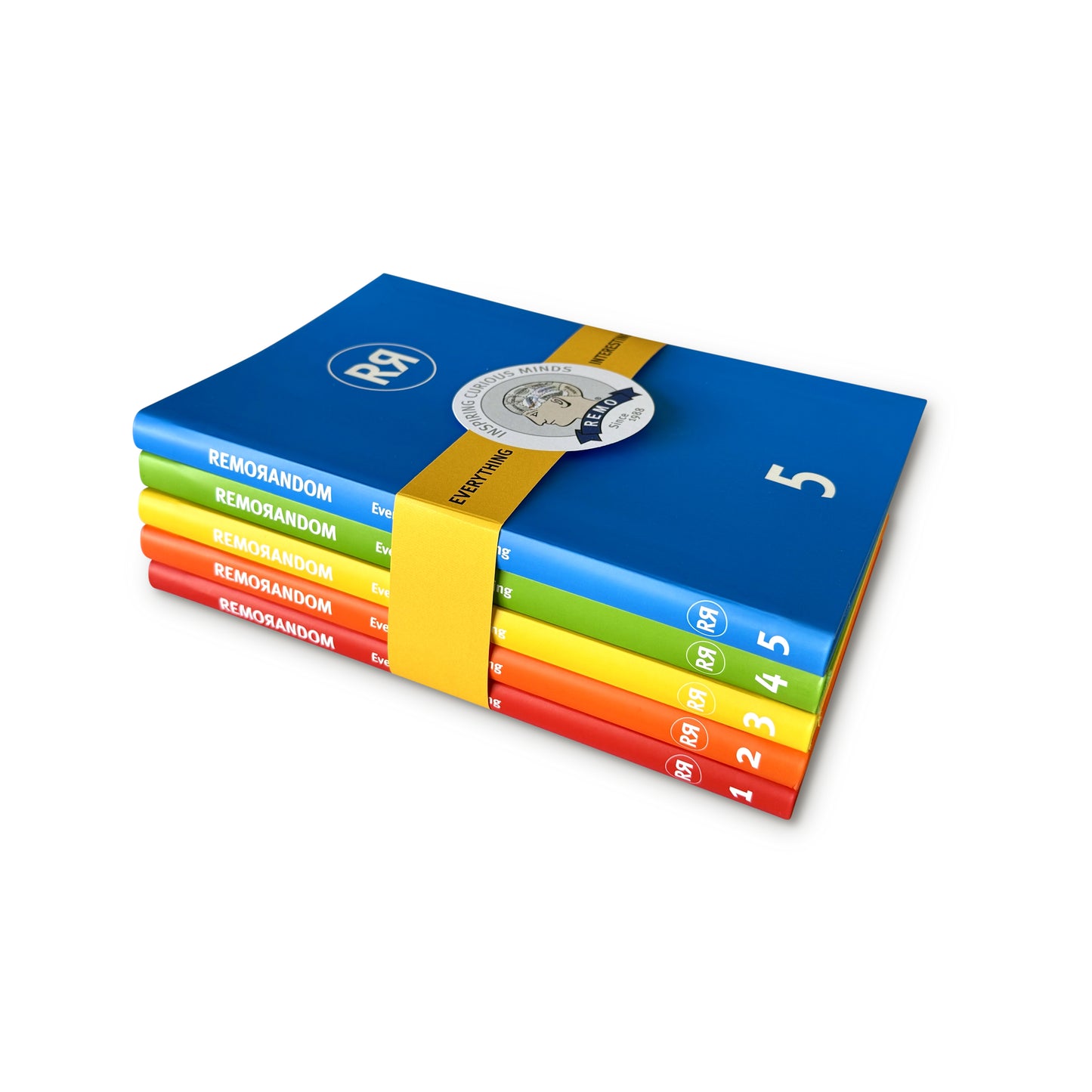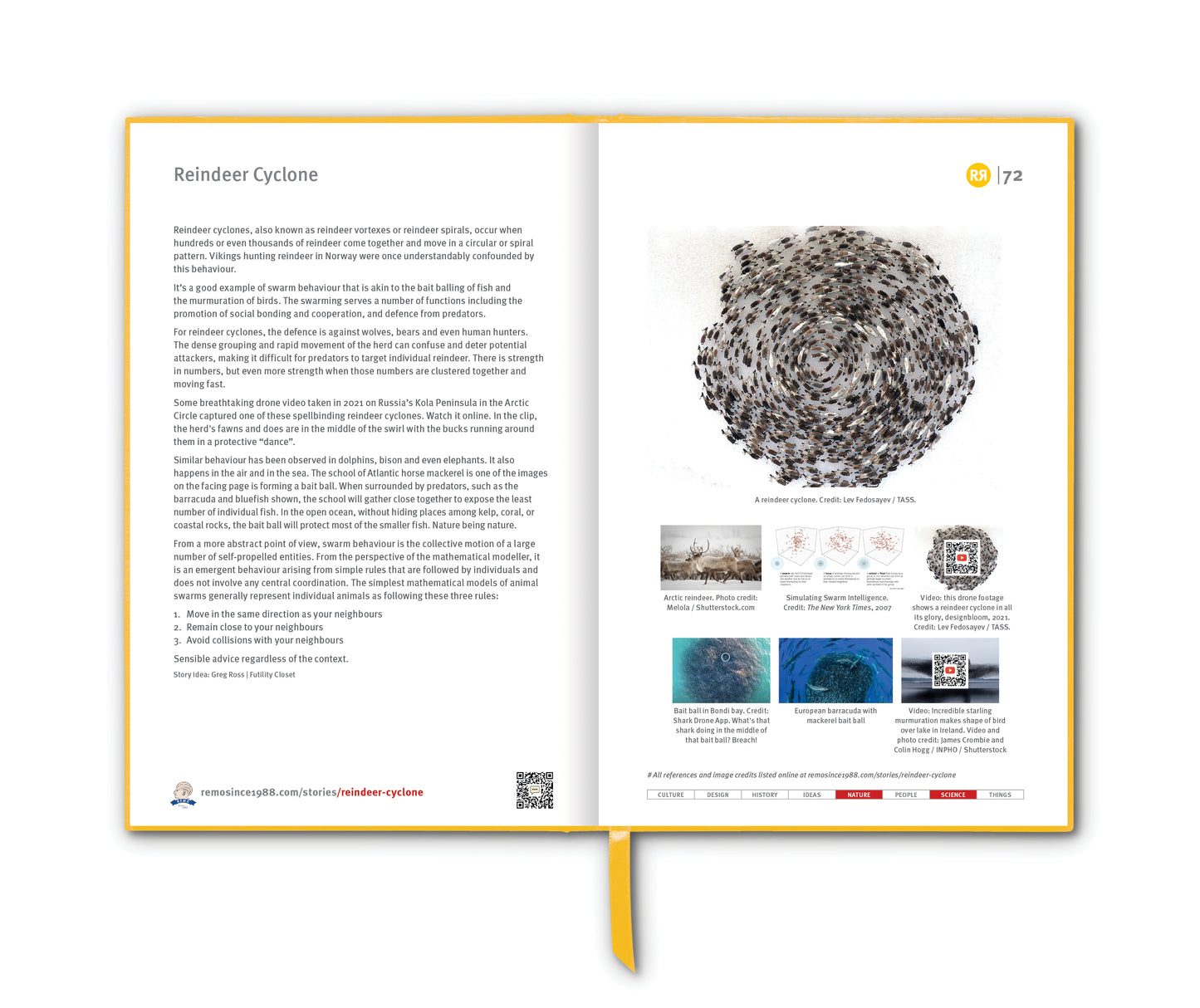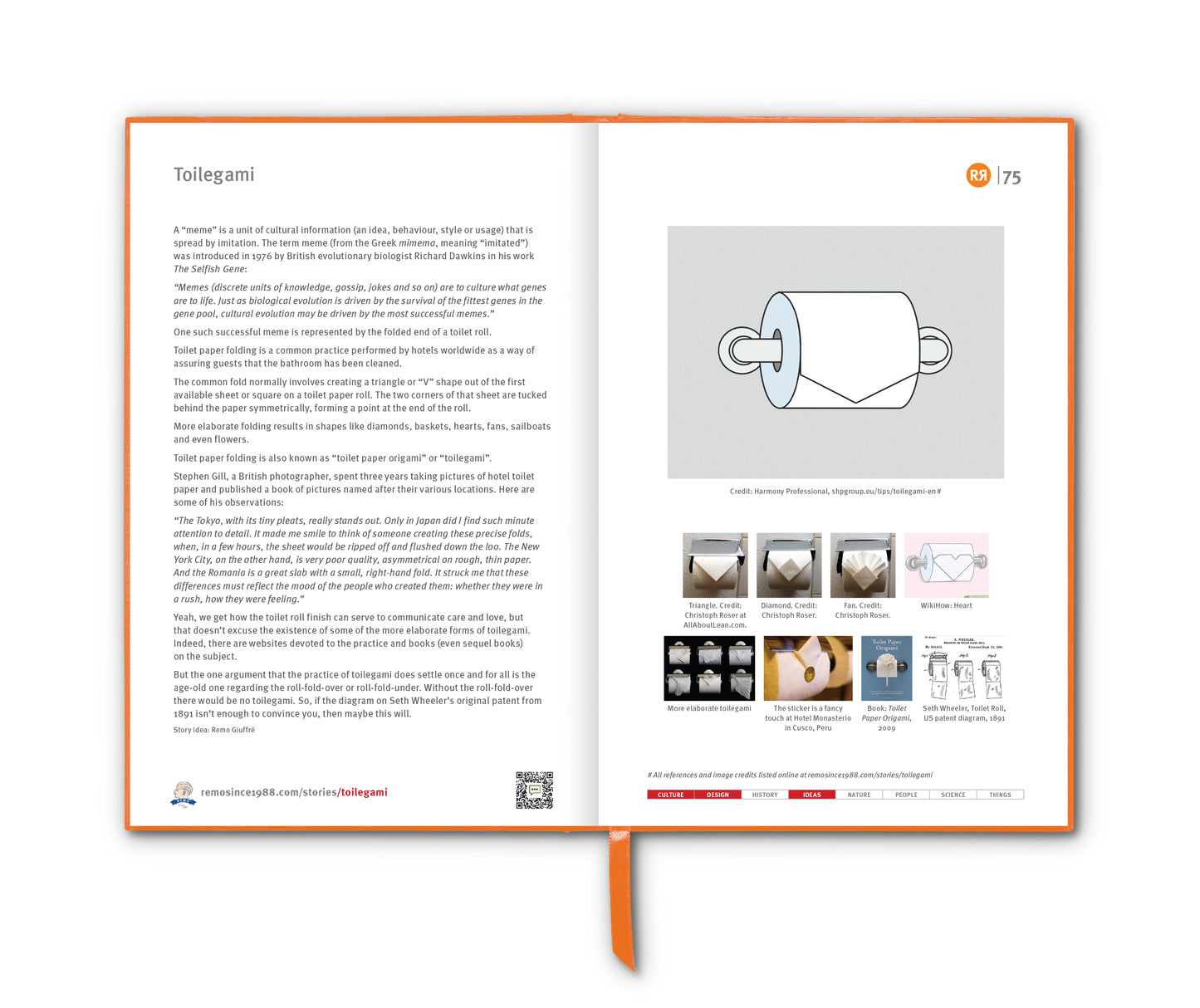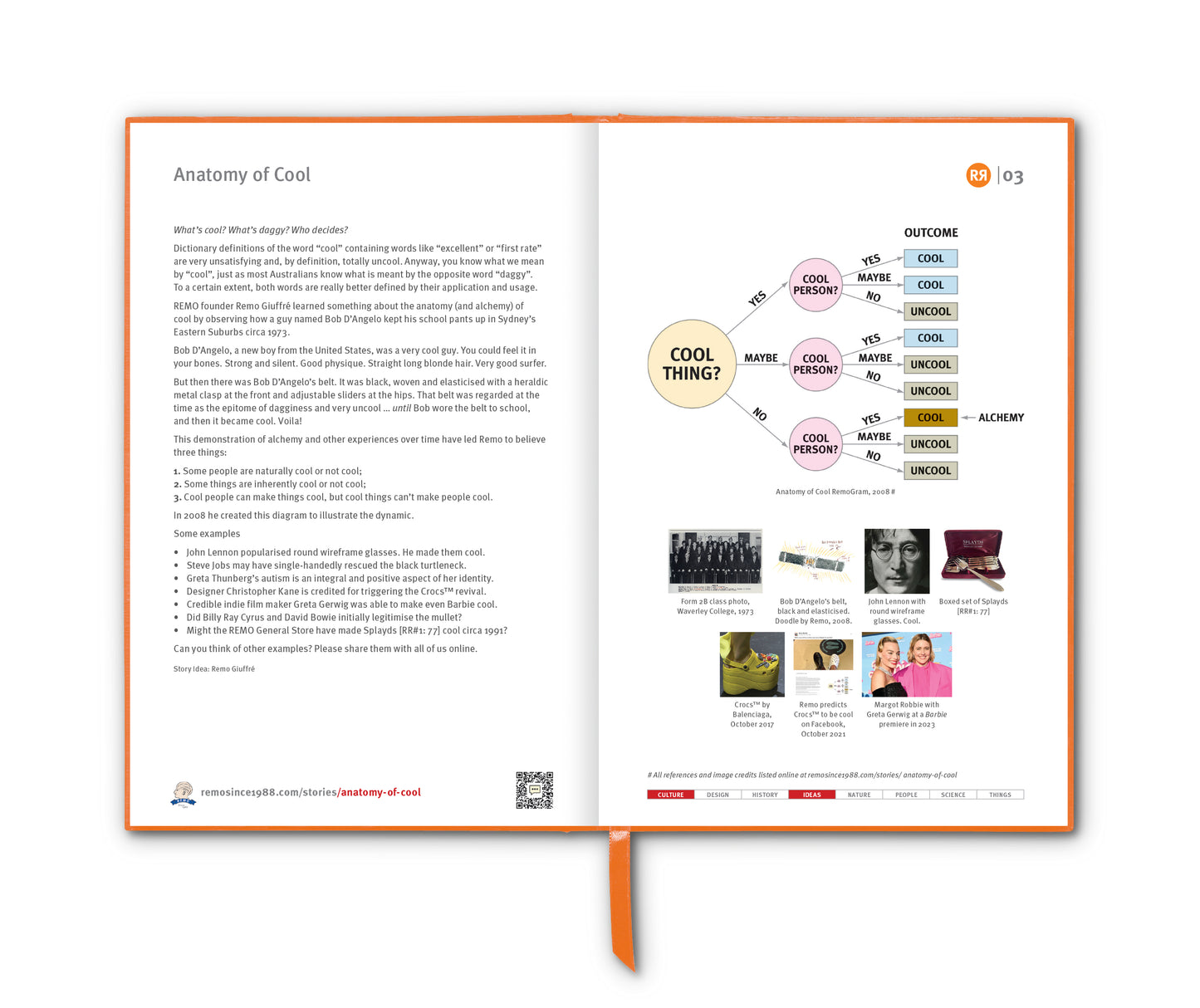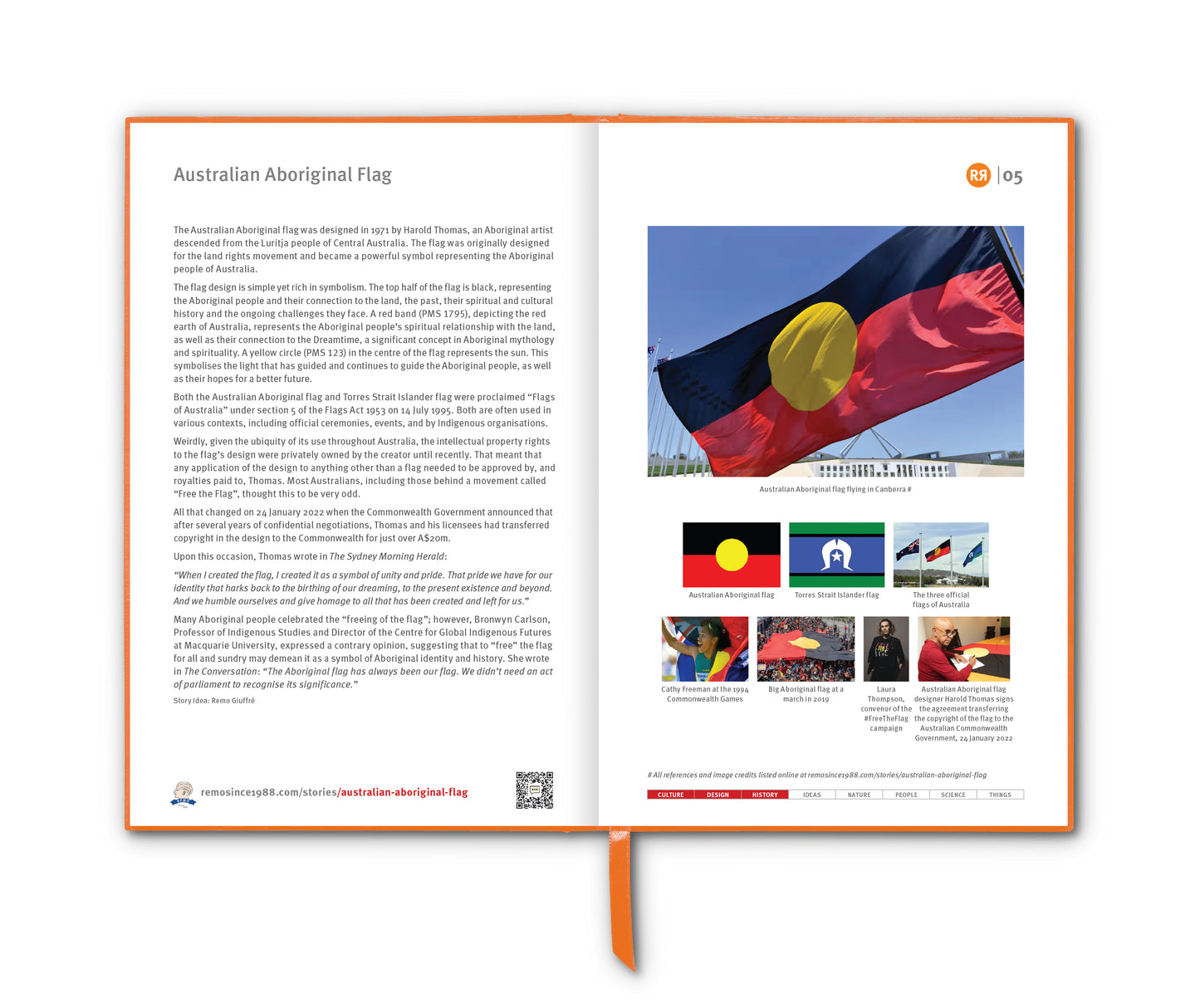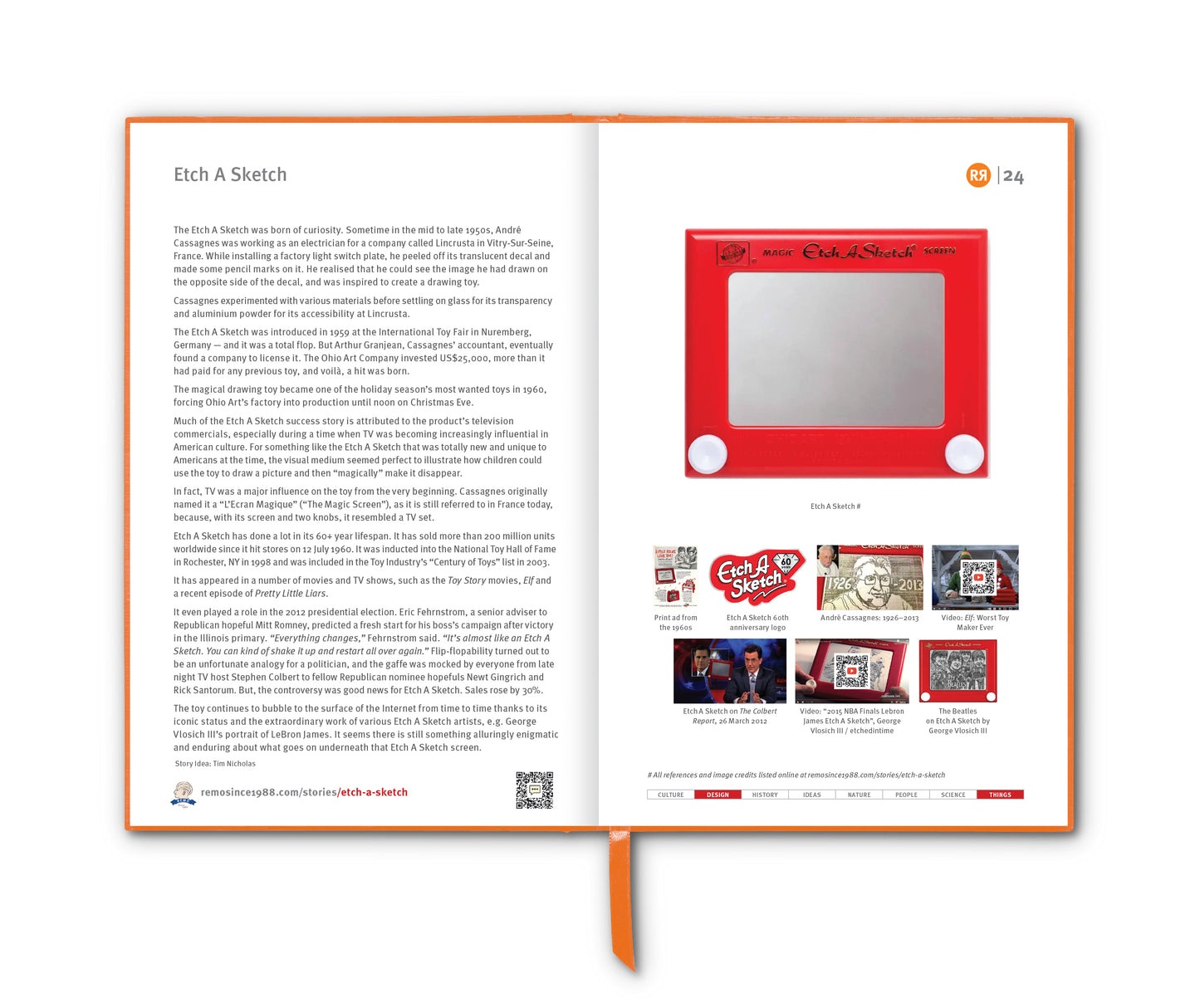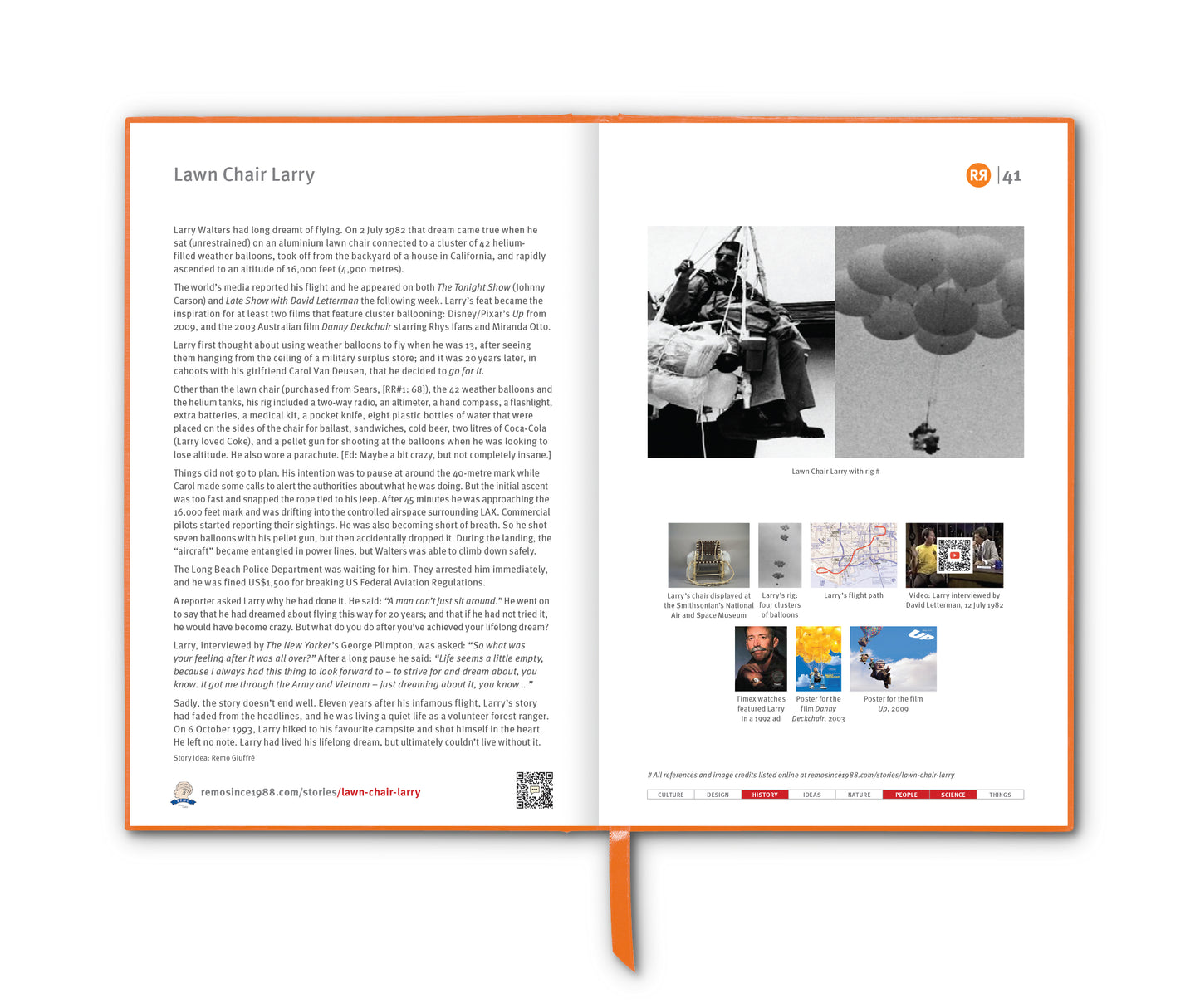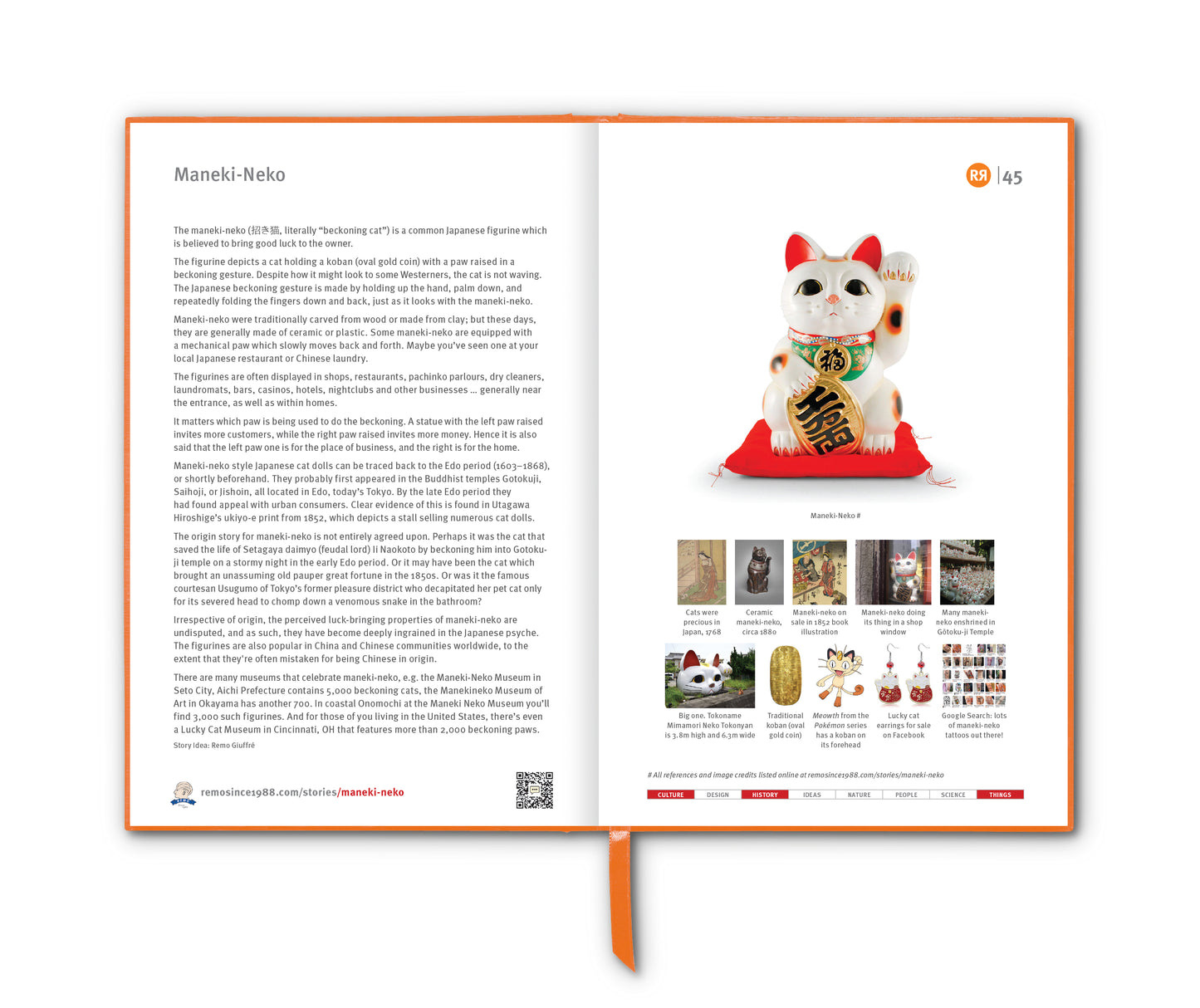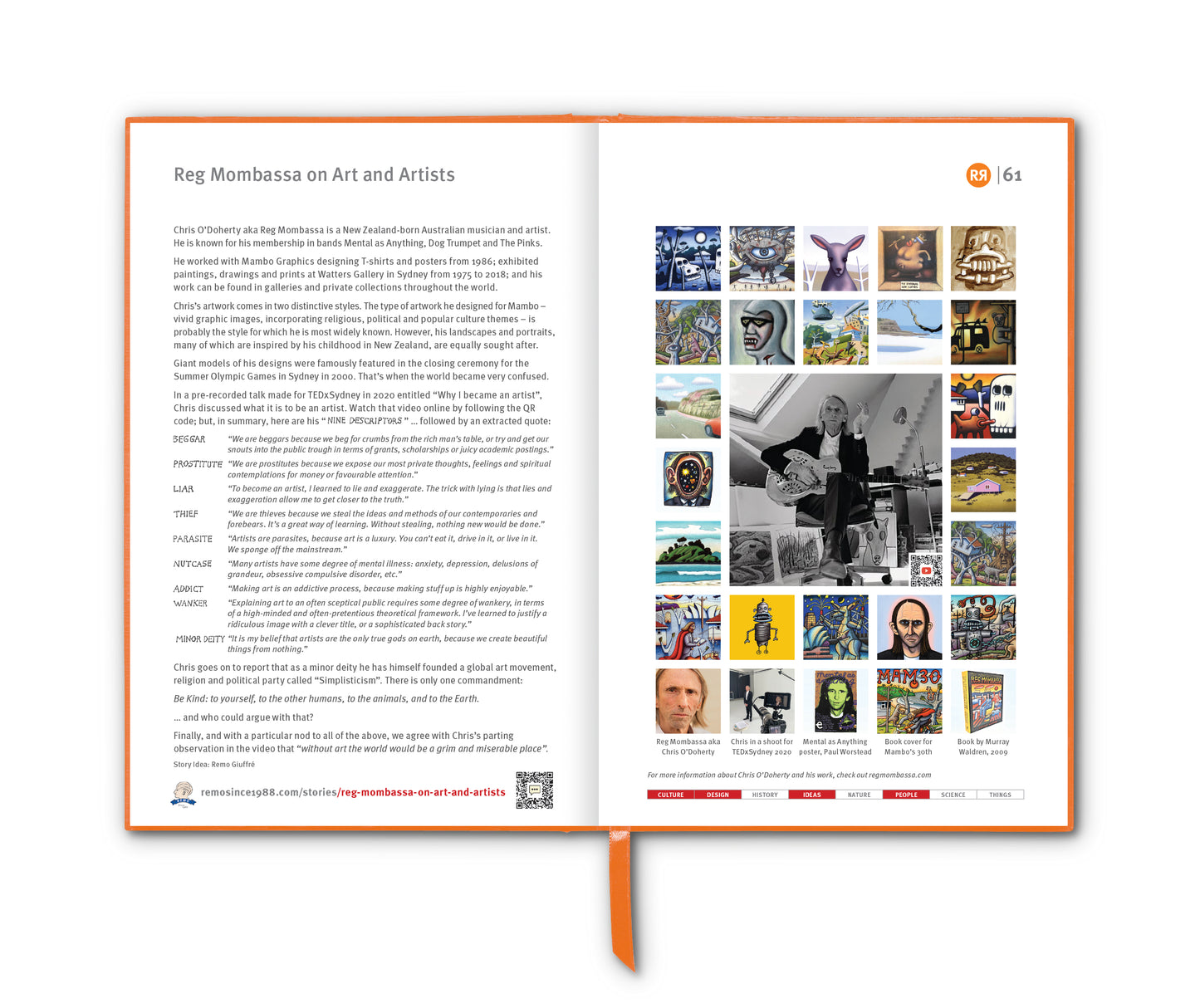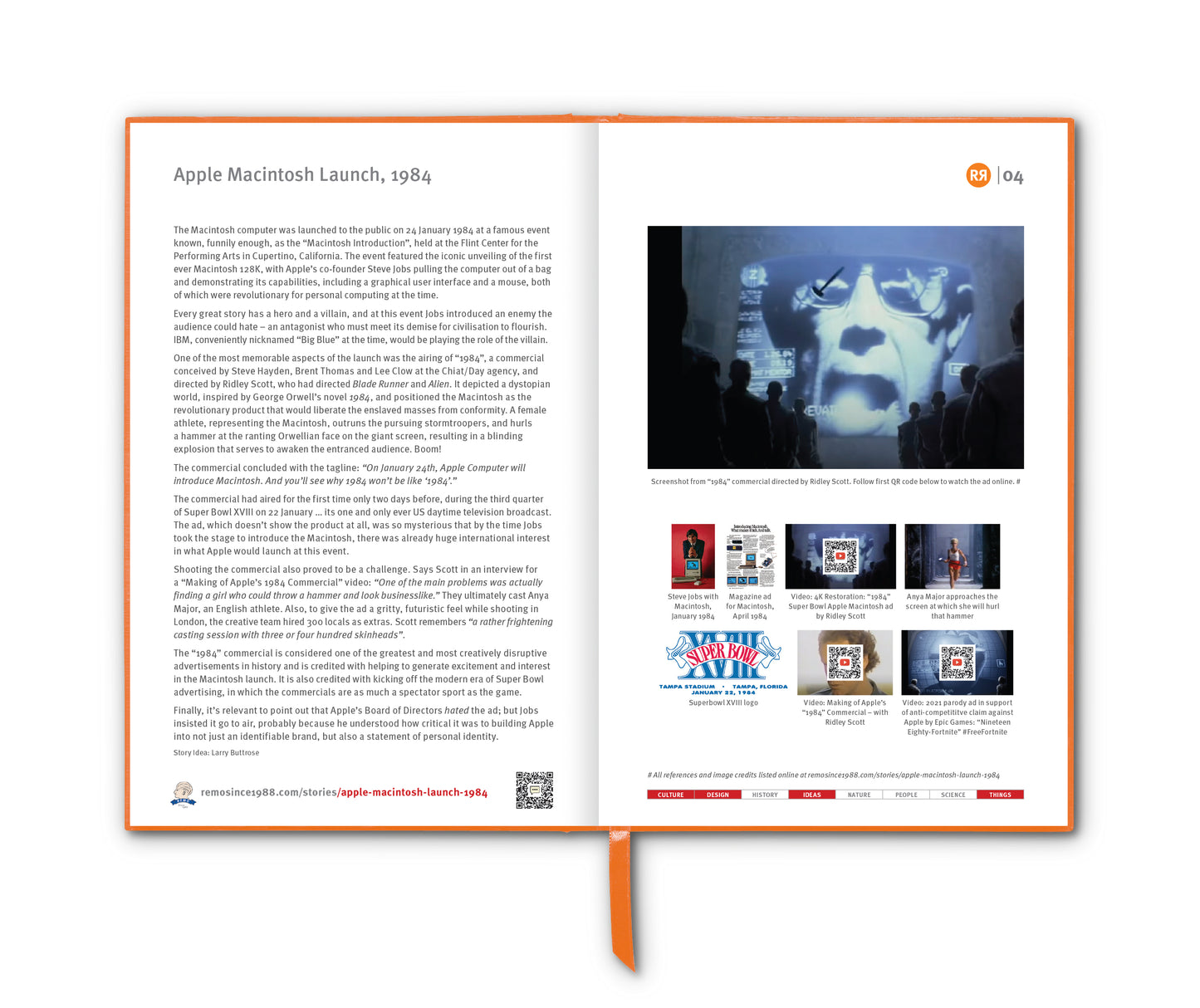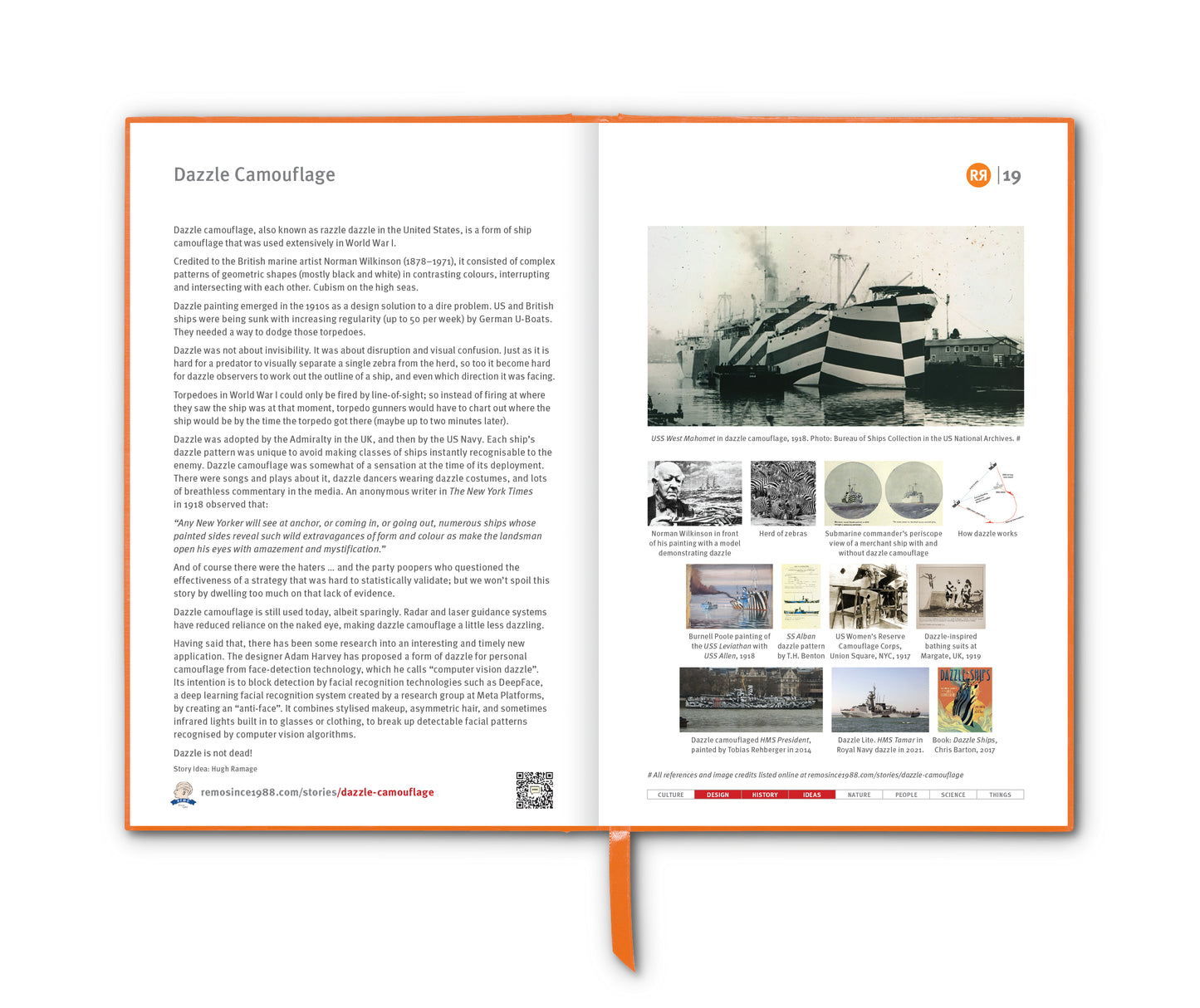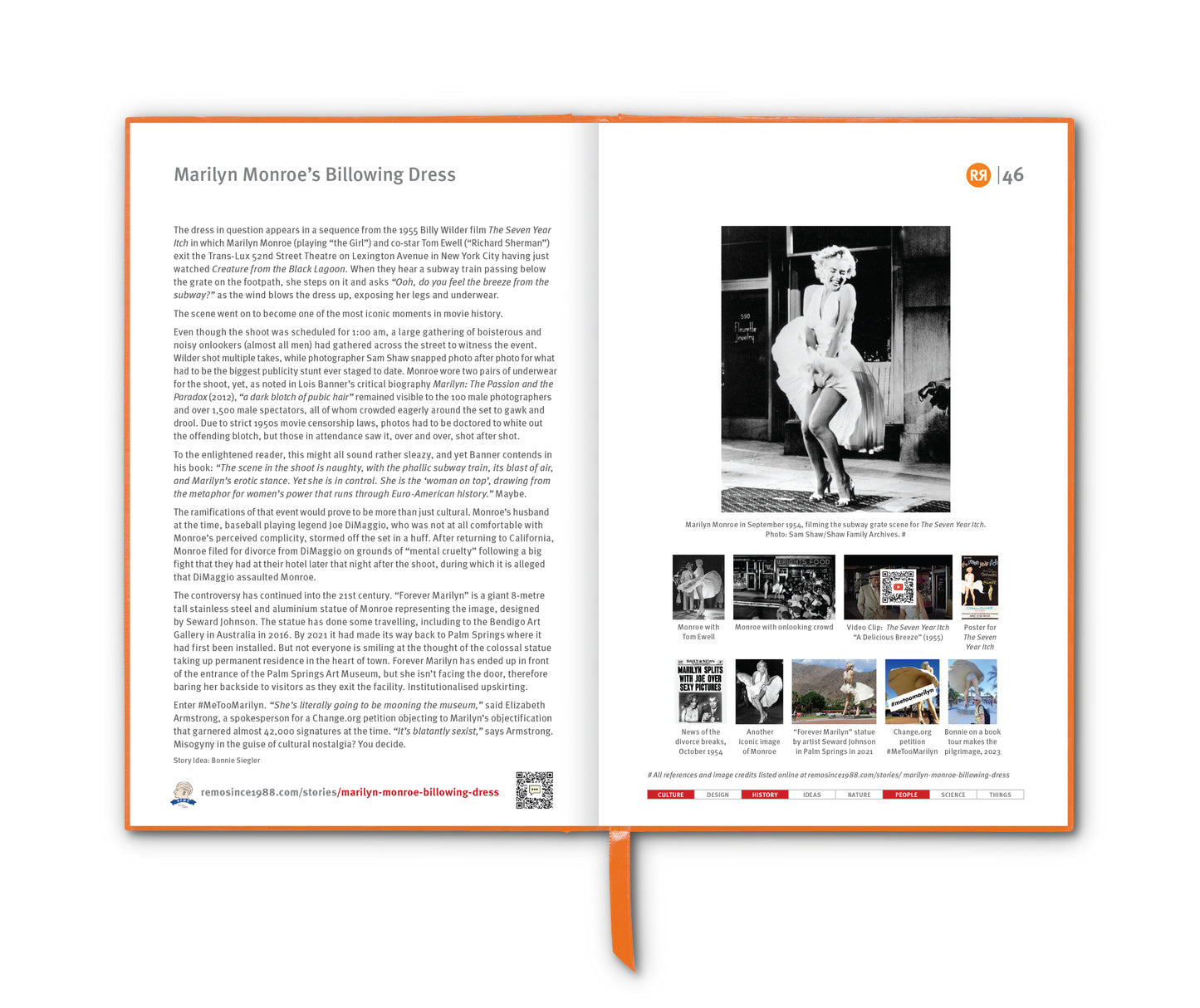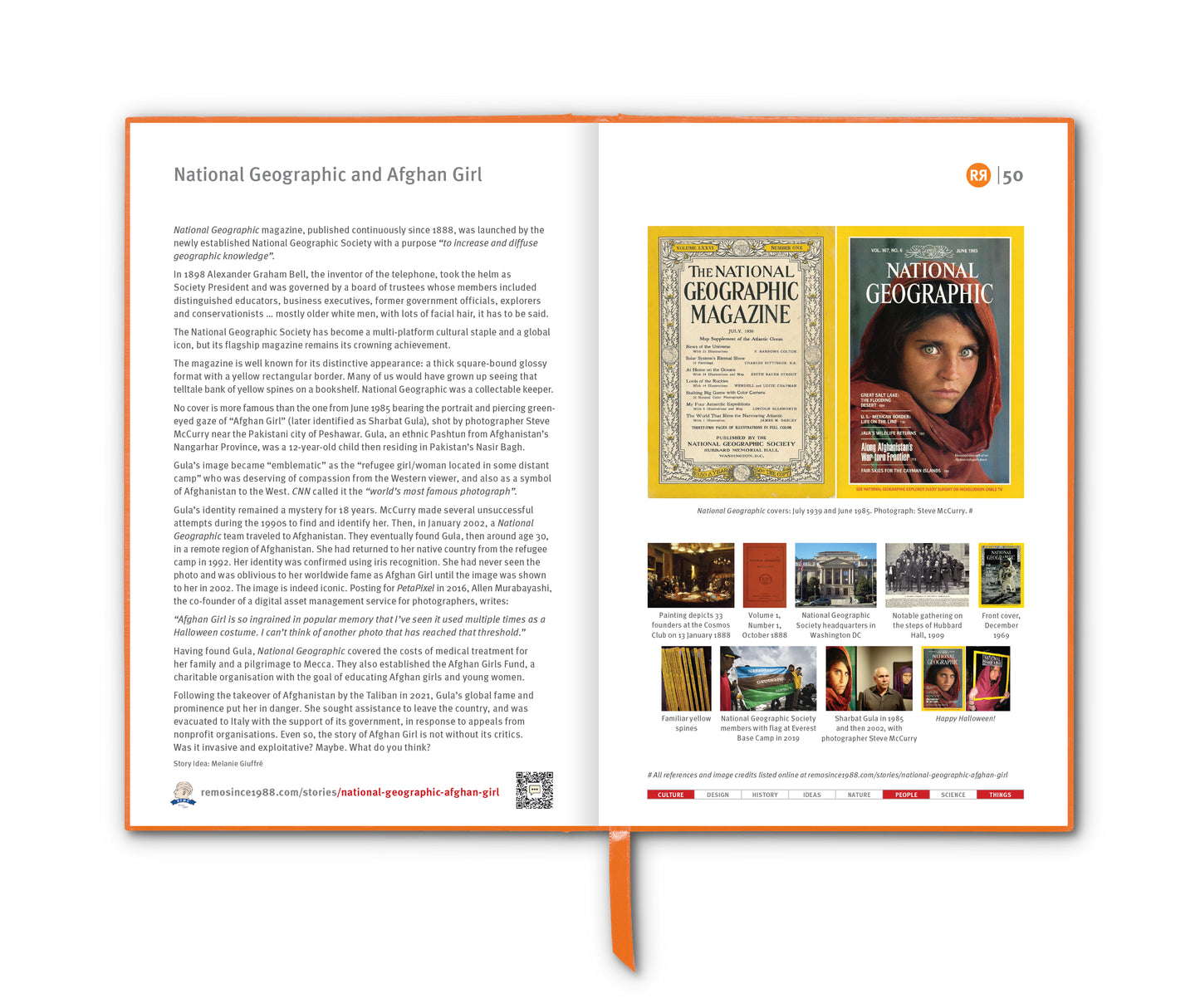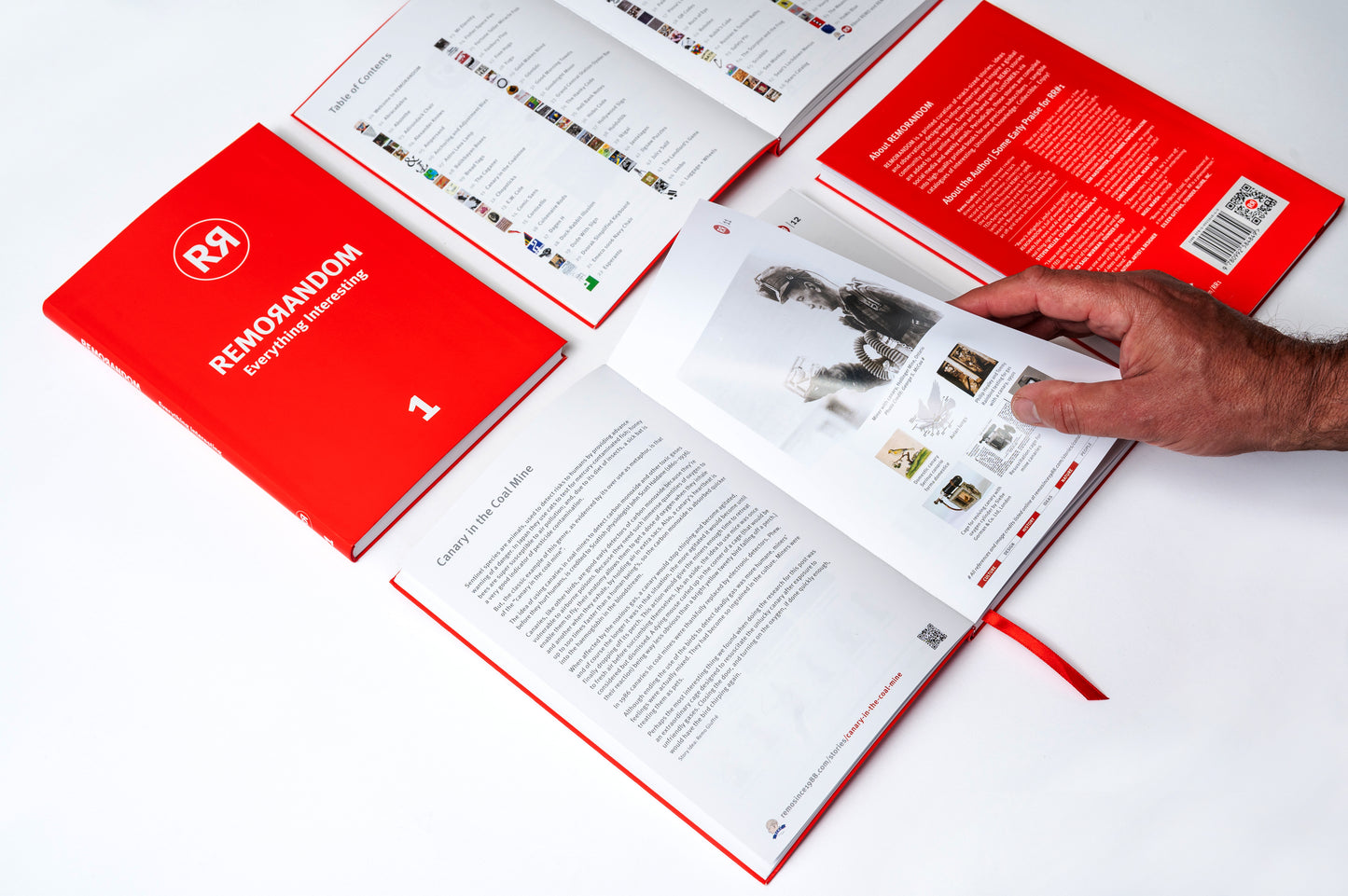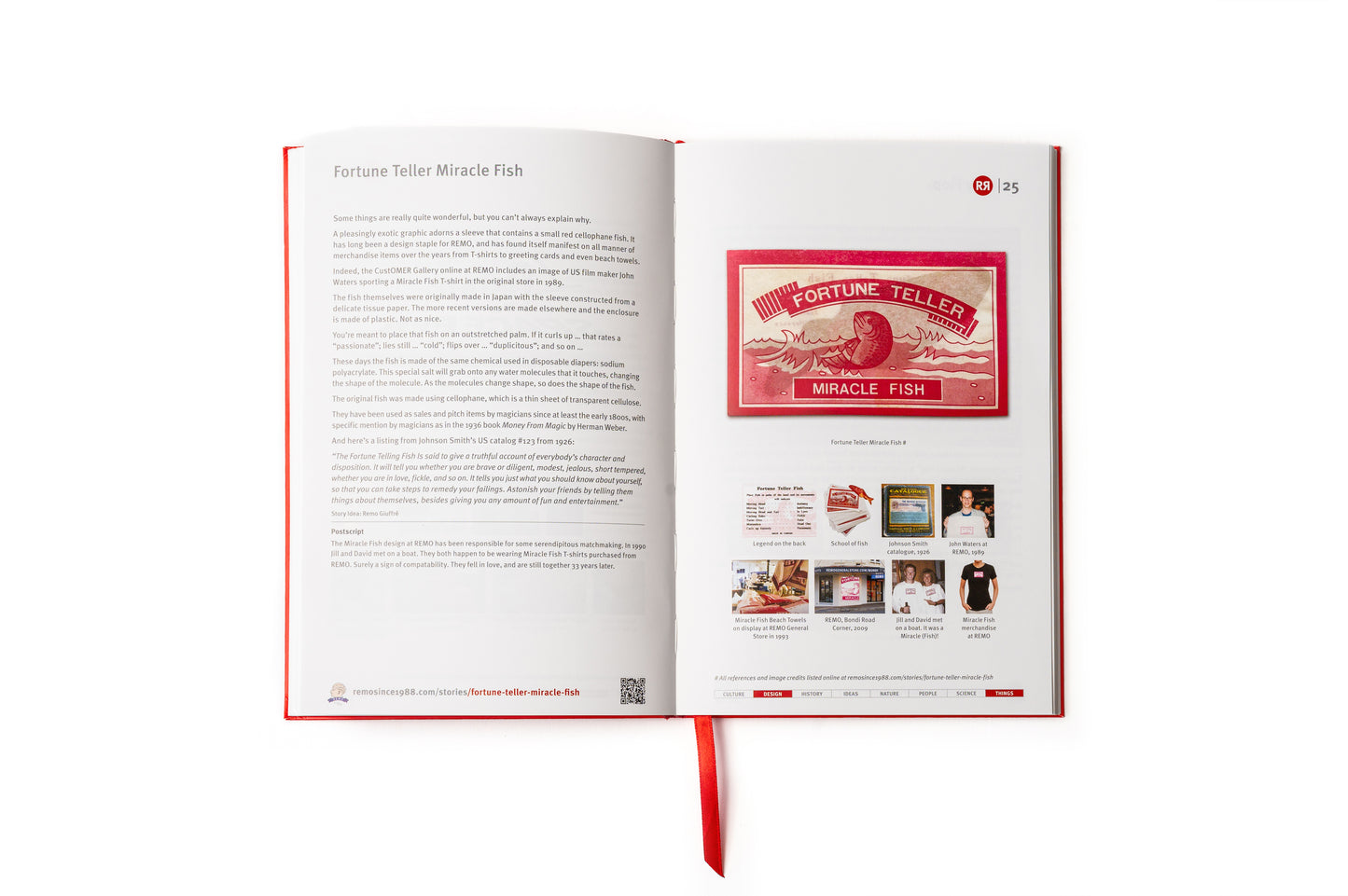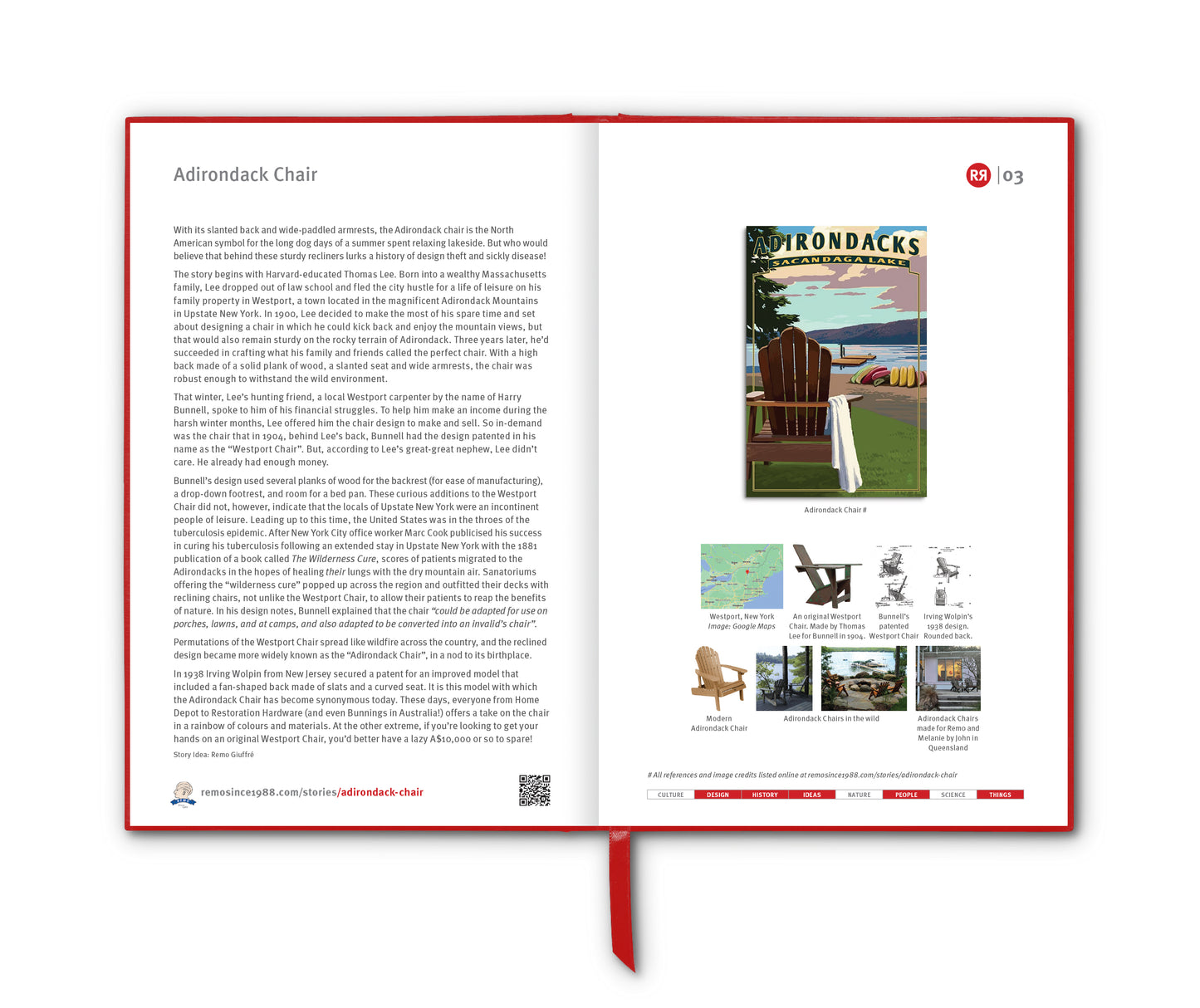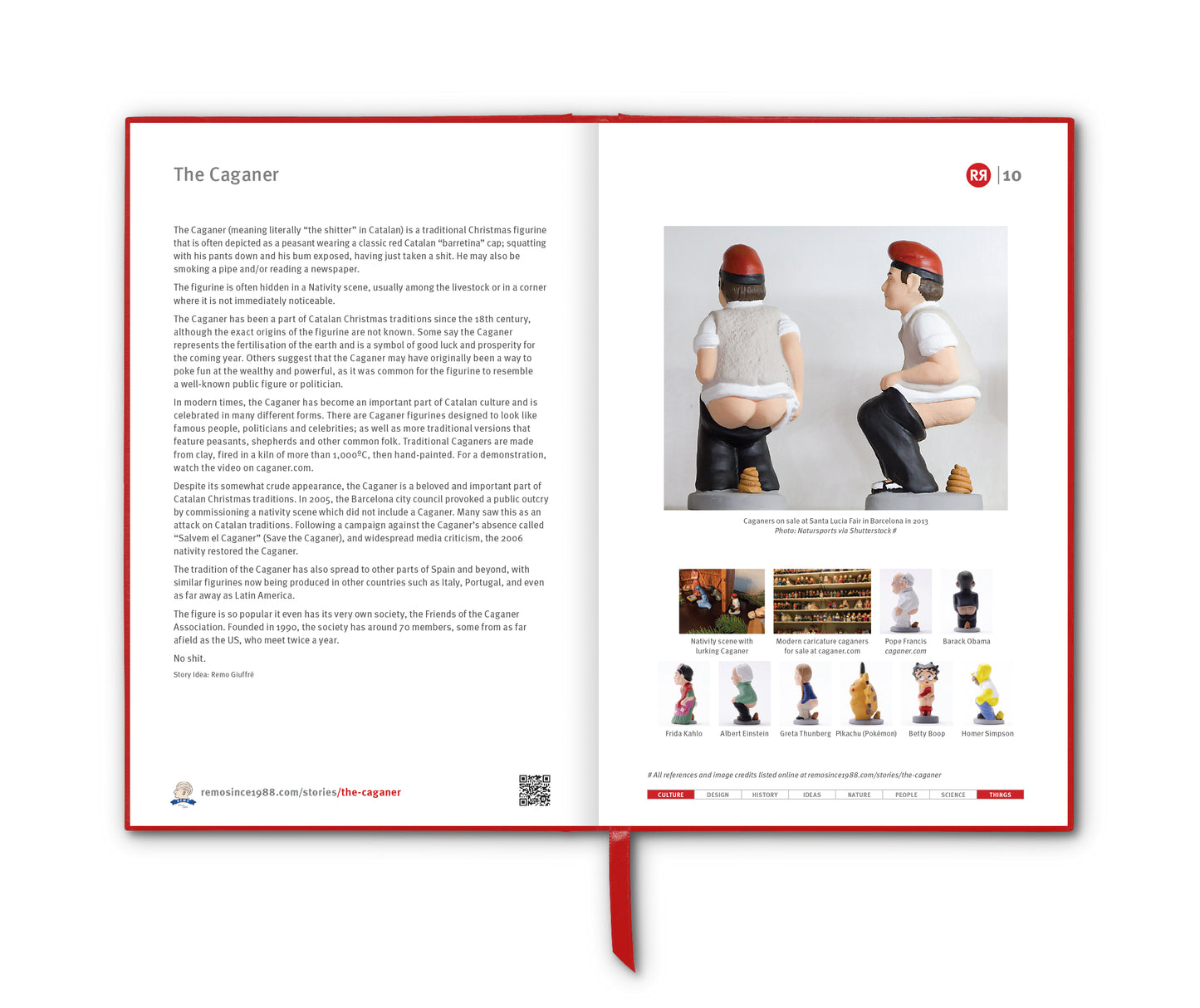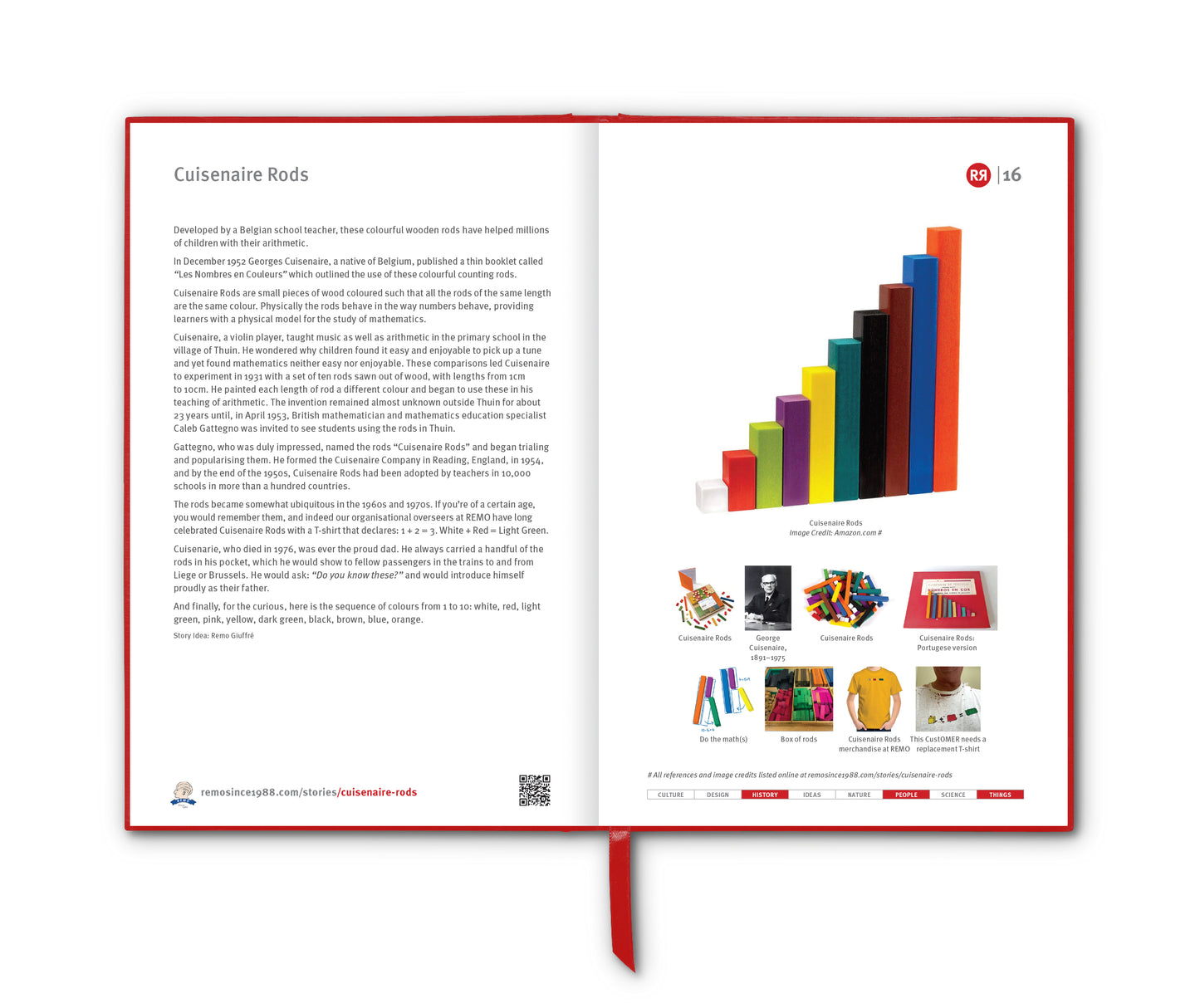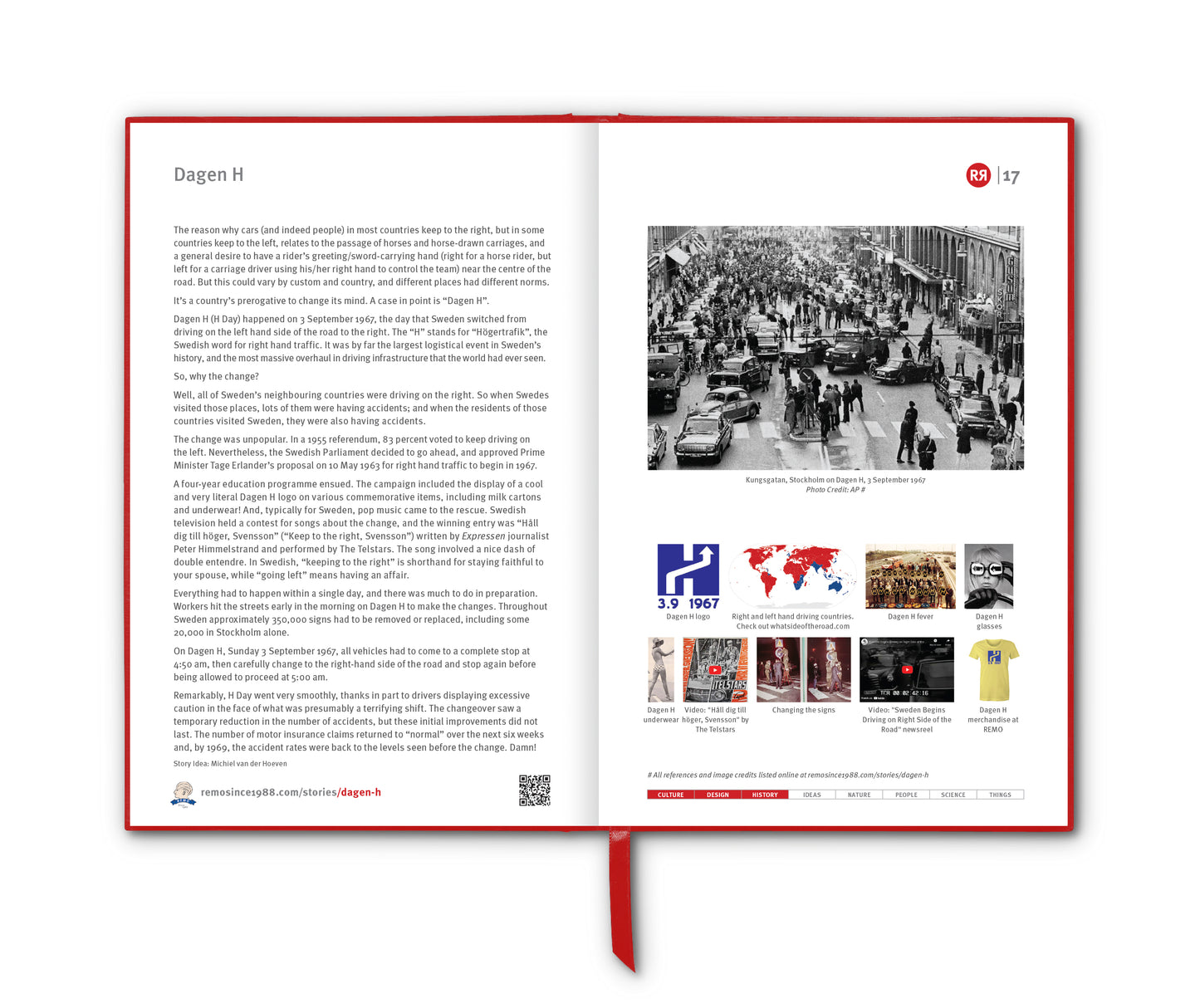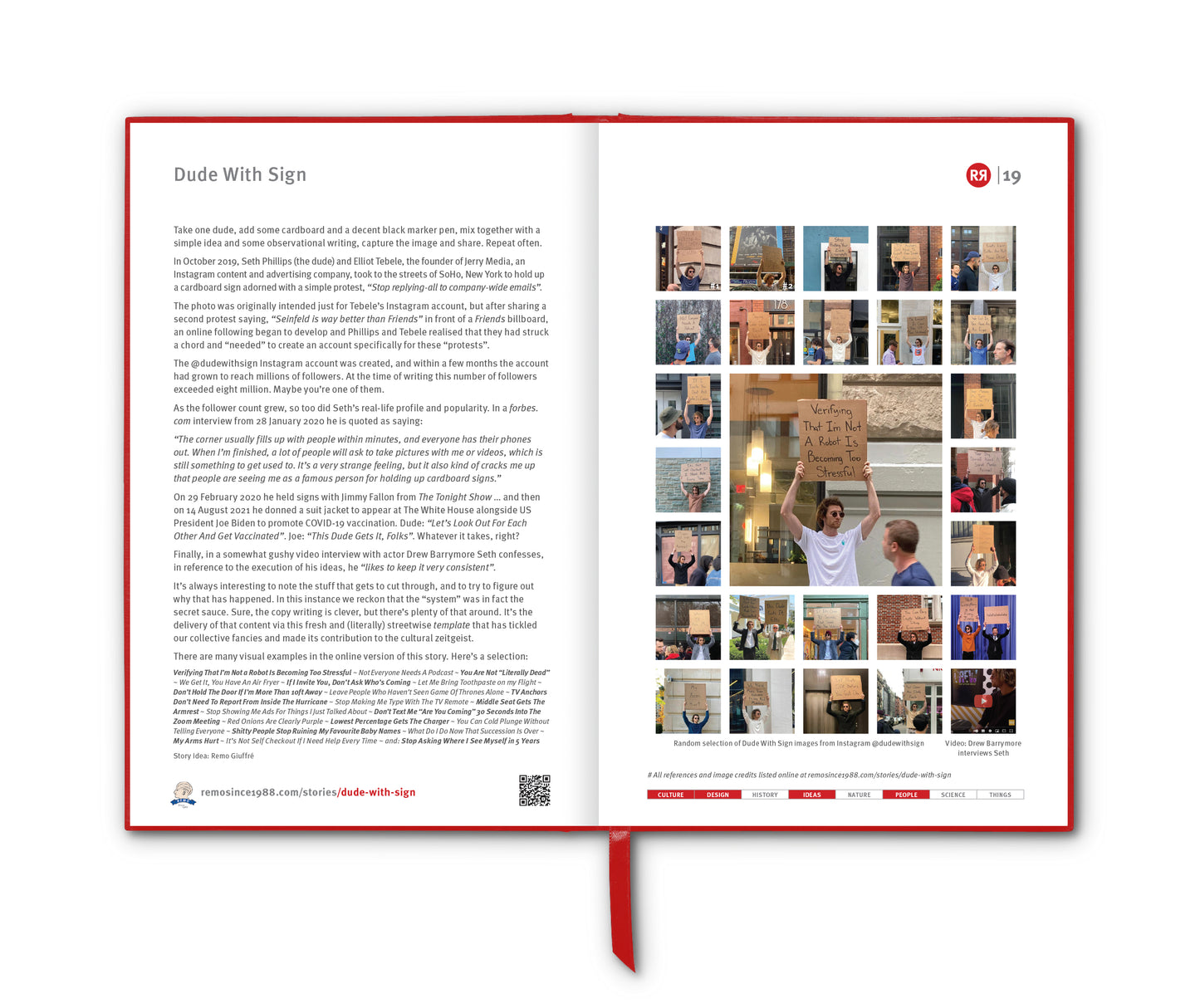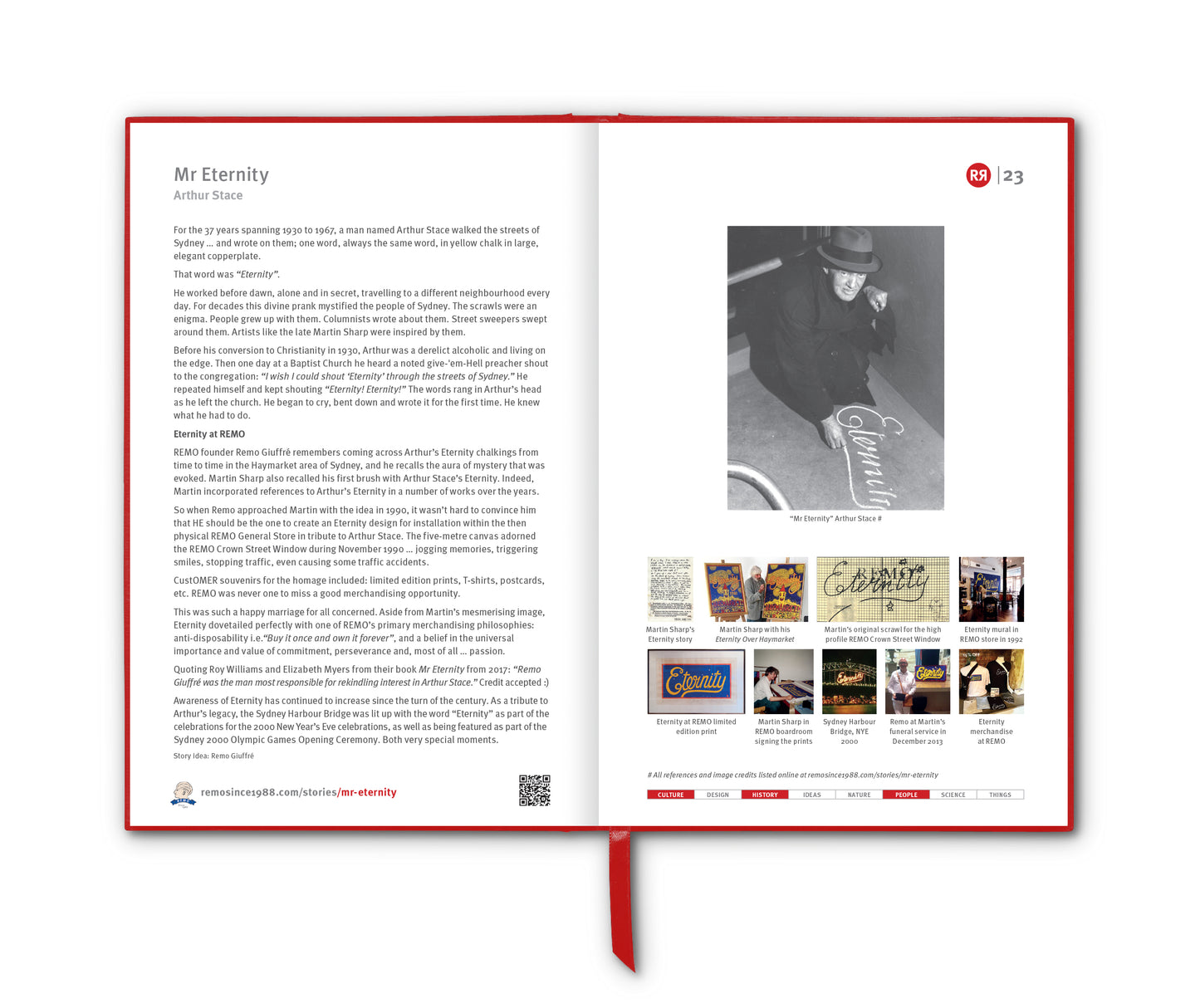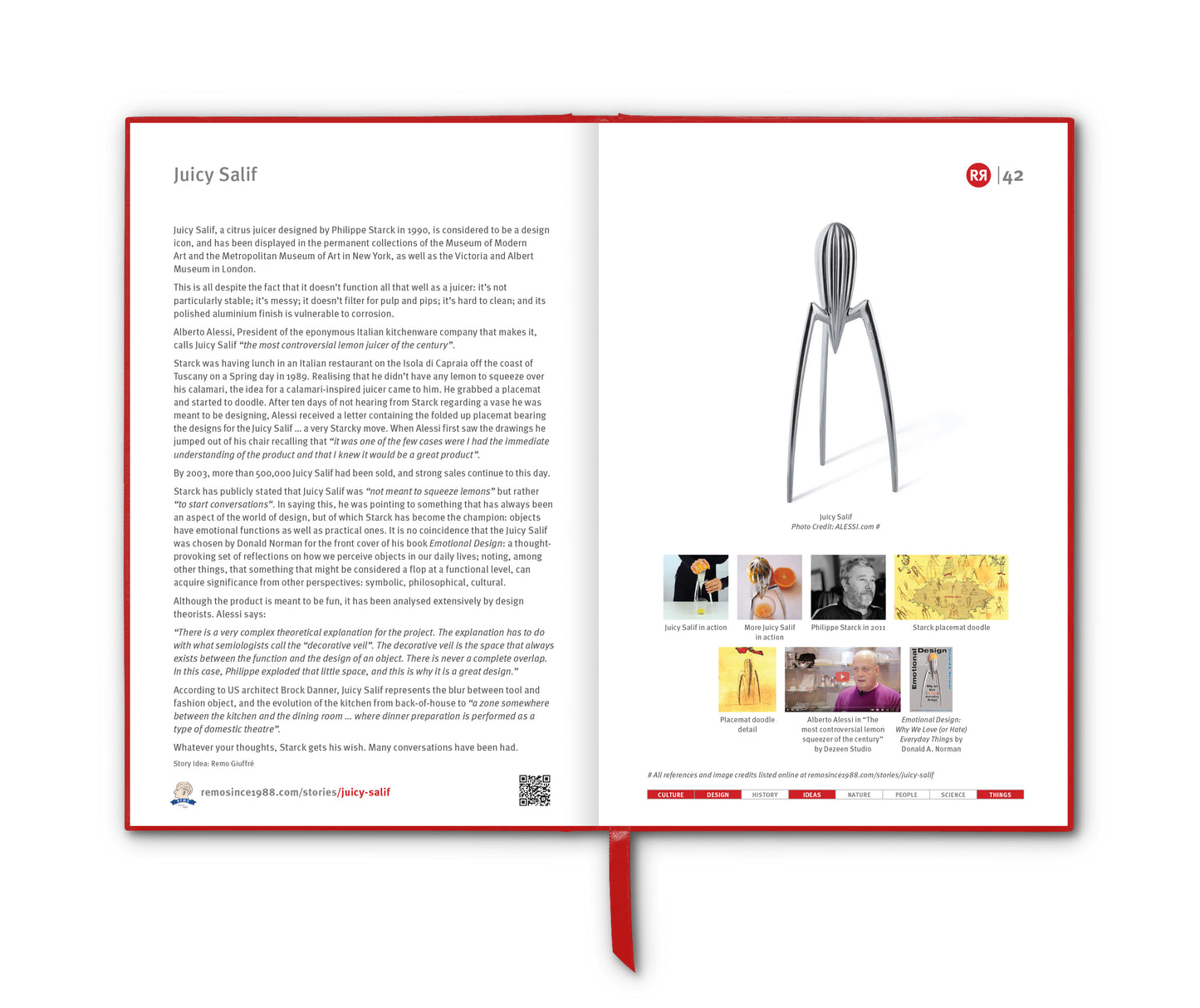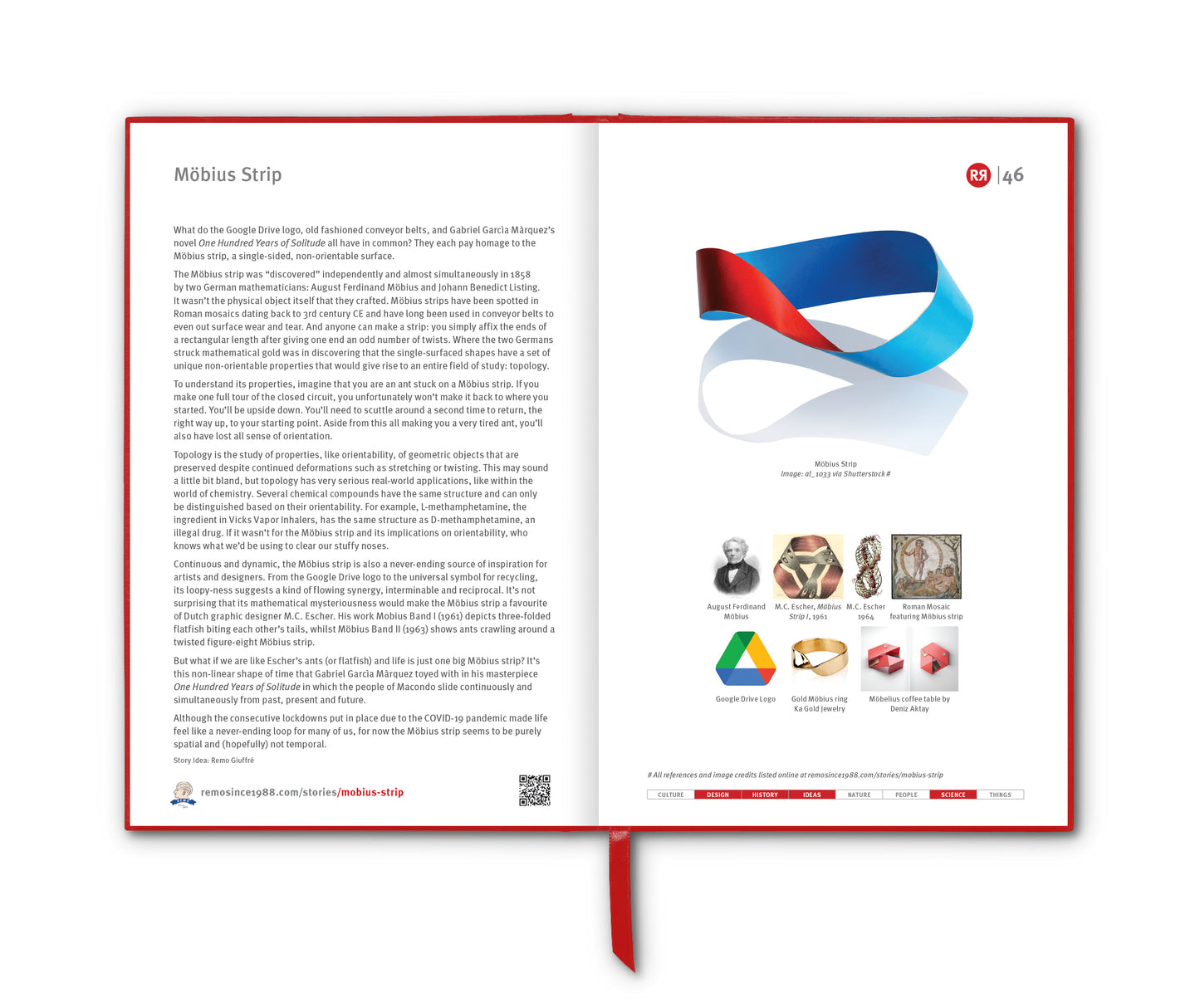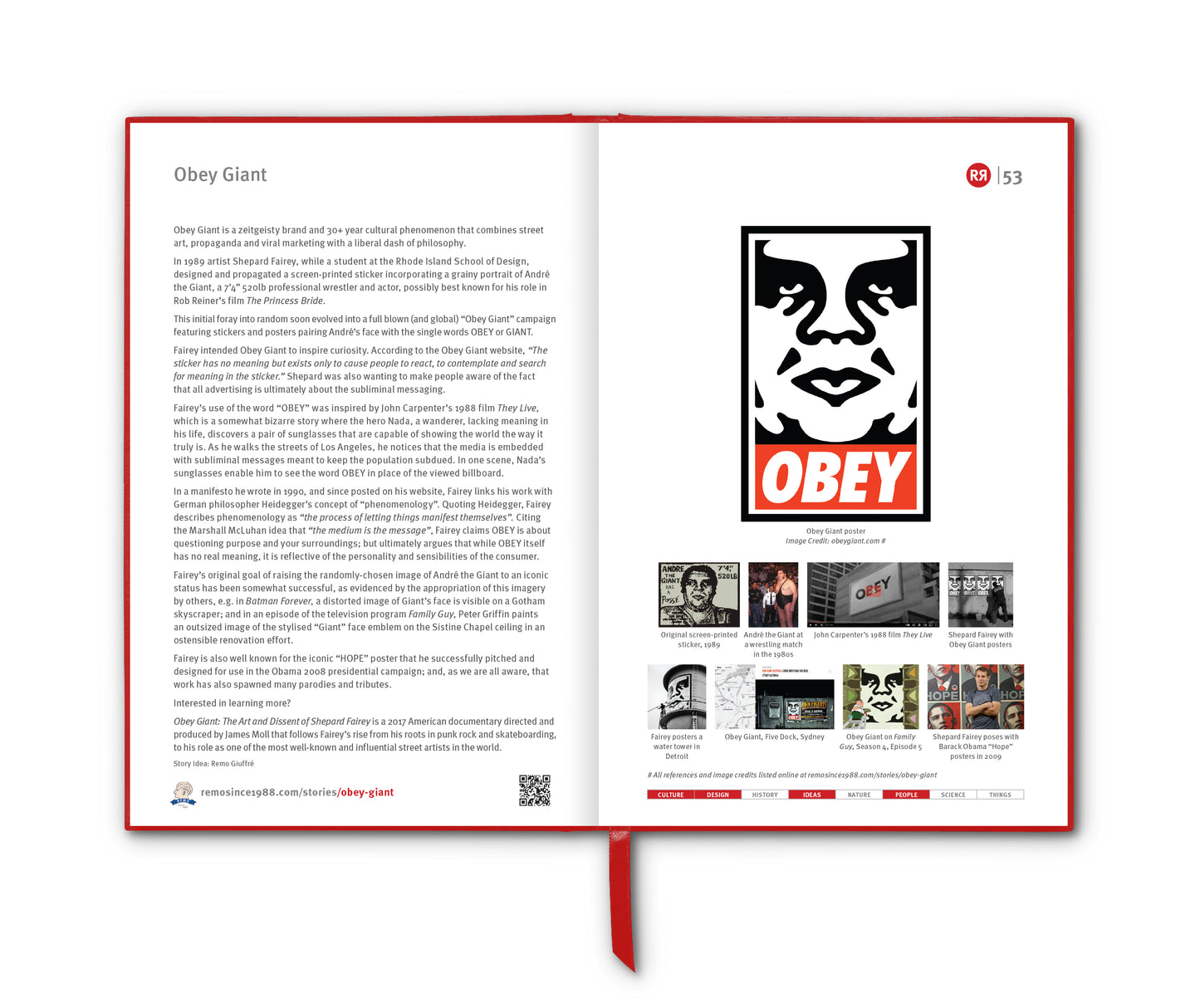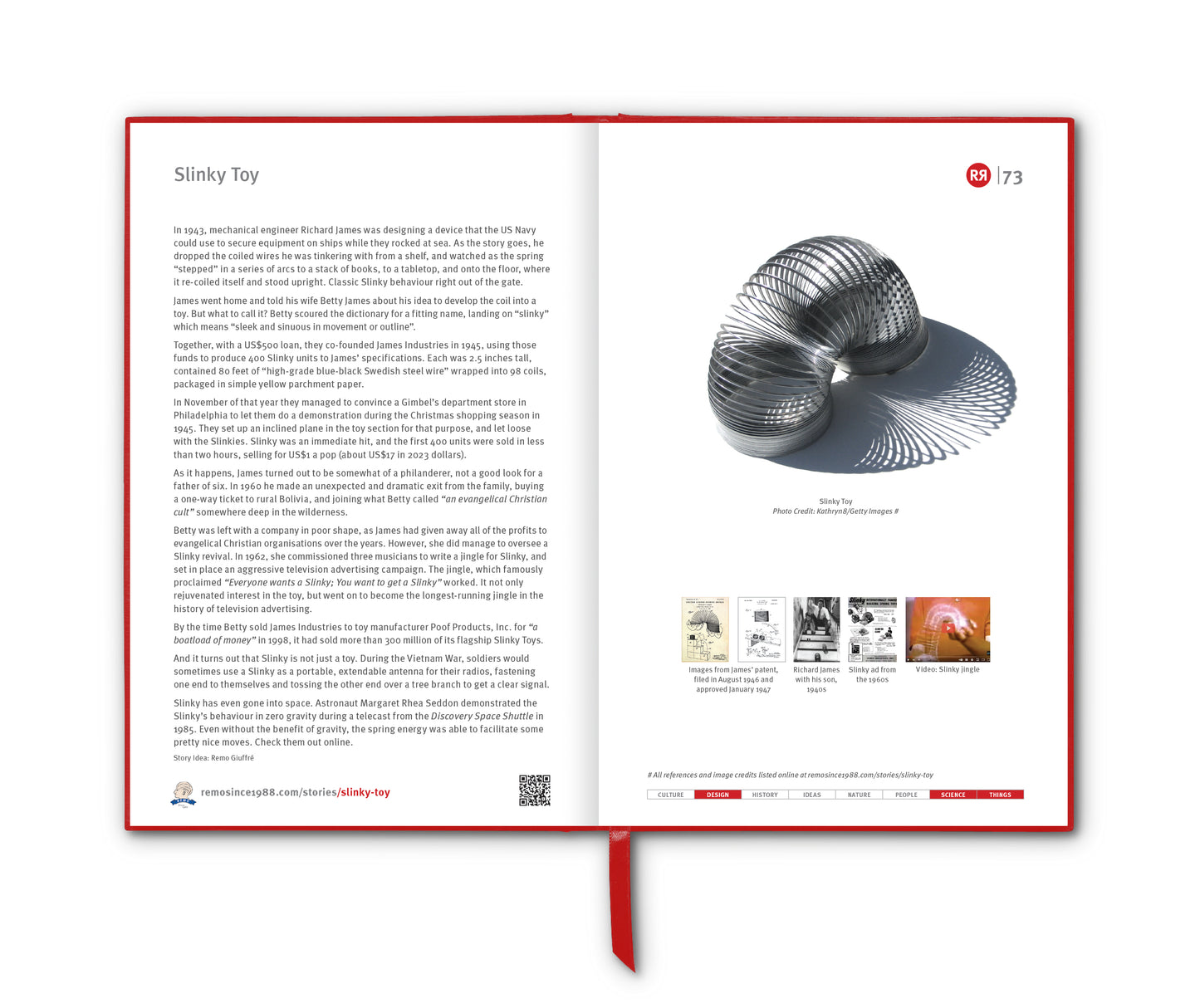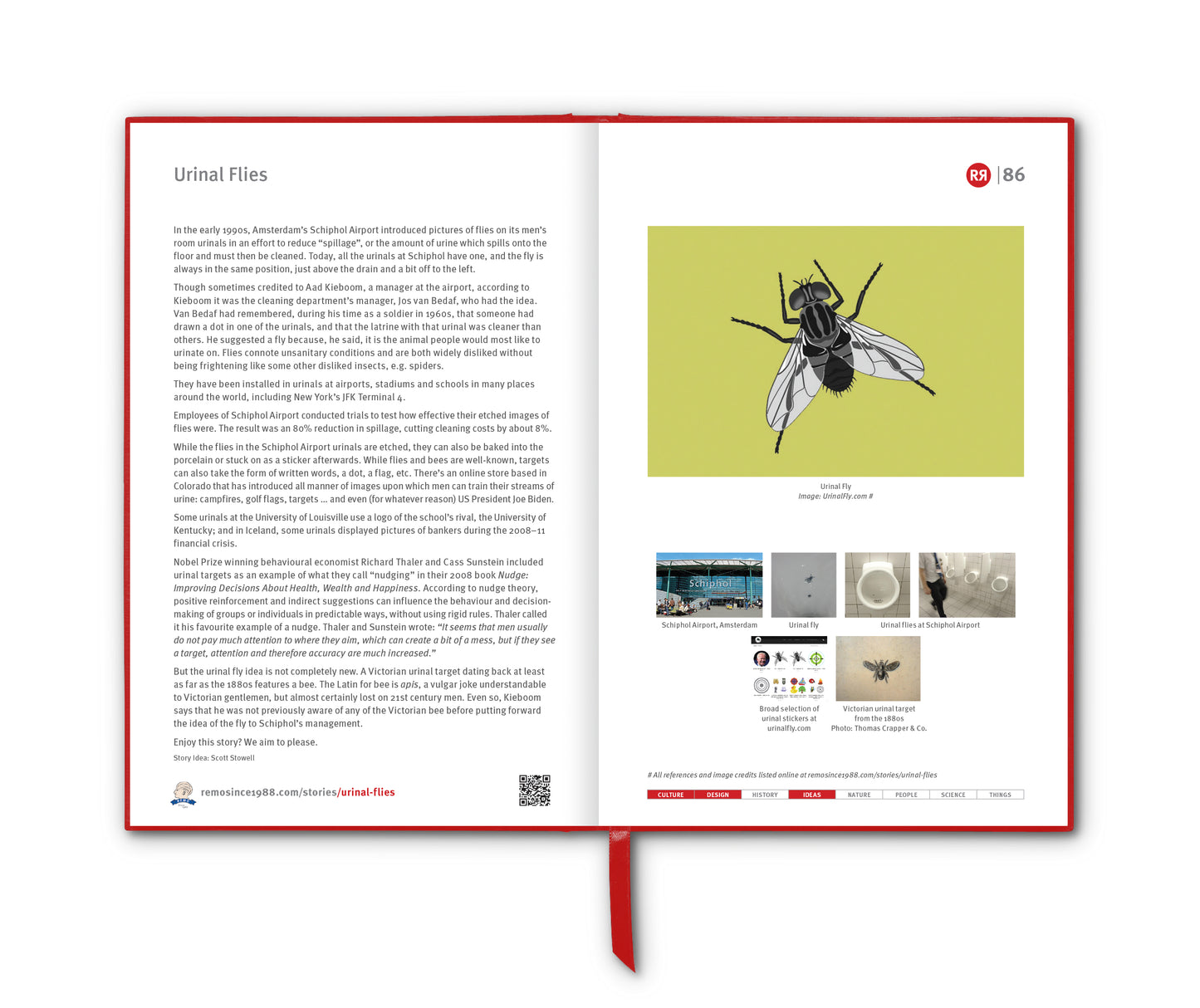The metric system, created in France, is the official system of measurement for every country in the world except three: Liberia, Myanmar and (wait for it) the United States.
The metre (or meter in US spelling; symbol: m) is the base unit of length in the International System of Units (SI), and, since 2019, the metre has been defined as the length of the path travelled by light in a vacuum during a time interval of 1/299792458 of a second, where the second is defined by a hyperfine transition frequency of the chemical element caesium.
The official definition was not always this geeky. The metre was originally defined in 1791 by the French National Assembly as one ten-millionth (1/10,000,000) of the distance from the North Pole to the Equator along a meridian passing through Paris.
Here’s how that happened: During the volatile years between 1789 and 1799, the French revolutionaries sought not only to overturn politics by taking power away from the monarchy and the church, but also to fundamentally alter society by overthrowing old traditions and habits. They sought to create a system based on nature, not arbitrary human-made measurements which varied from place to place. By linking the metre to the Earth itself, they hoped it would be a timeless, objective unit that anyone could reproduce. However, doing the measuring proved to be somewhat of a logistical challenge. Two French astronomers, Jean Baptiste Joseph Delambre and Pierre François André Méchain, spent six years (1792–1798) surveying the distance from Dunkirk to Barcelona to establish an accurate basis for the calculation. They climbed mountains, dealt with the French Revolutionary chaos, and even got arrested at one point.
In 1799, the metre was redefined in terms of a prototype metre bar made of platinum. Then, in 1889, a new and improved physical standard was created. Made of 90% platinum and 10% iridium (a mix chosen for hardness and resistance to corrosion), and designed as an X-shaped cross-section for better stability against bending, it was stored at the International Bureau of Weights and Measures (BIPM) in Sèvres, France.
In 1960 the metre was redefined in terms of a number of wavelengths of a certain emission line of krypton-86, and the current definition for for metre was adopted in 1983, and modified in 2019 to include a reference to the caesium frequency as mentioned above
Interestingly, this series of amendments spanning 228 years did not alter the size of the resultant metre significantly, e.g. even after its retirement, modern laser measurements show that the old platinum metre bar was accurate to within about 0.2 micrometres of today’s definition – an impressive feat for 19th-century technology.
Happily the new point of reference involves no schlepping or climbing of mountains.
Postscript
These days the Imperial measurement of a “yard” is officially defined with reference to the metre: 1 yard = 0.9144 metre. A victory for the French? So, where did the yard come from? A popular legend claims that King Henry I of England (reigned 1100–1135) defined the yard as the distance from the tip of his nose to the end of his thumb when his arm was outstretched. It's a good story, but there is no strong historical evidence to support it.
________________________________
References
wikipedia.org/wiki/Metre
reddit.com/r/askscience/
npr.org/2014/06/23/324738251/how-did-the-meter-get-its-length
bbc.com/travel/article/20180923-how-france-created-the-metric-system
americanscientist.org/article/the-error-of-all-things
Images
1. 18th century standard-metre by Chalgrin located at 36 rue de Vaugirard in Paris
2. Credit: istockphoto
3. French National Assembly 1791 by unknown artist
4. North Pole to the Equator along a meridian passing through Paris
5. Jean Baptiste Joseph Delambre and Pierre François André Méchain
6. One of 30 copies of the first protoype metre made by the International Bureau of Weights and Measures (BIPM) in Sèvres, France
7. King Henry I of England


















